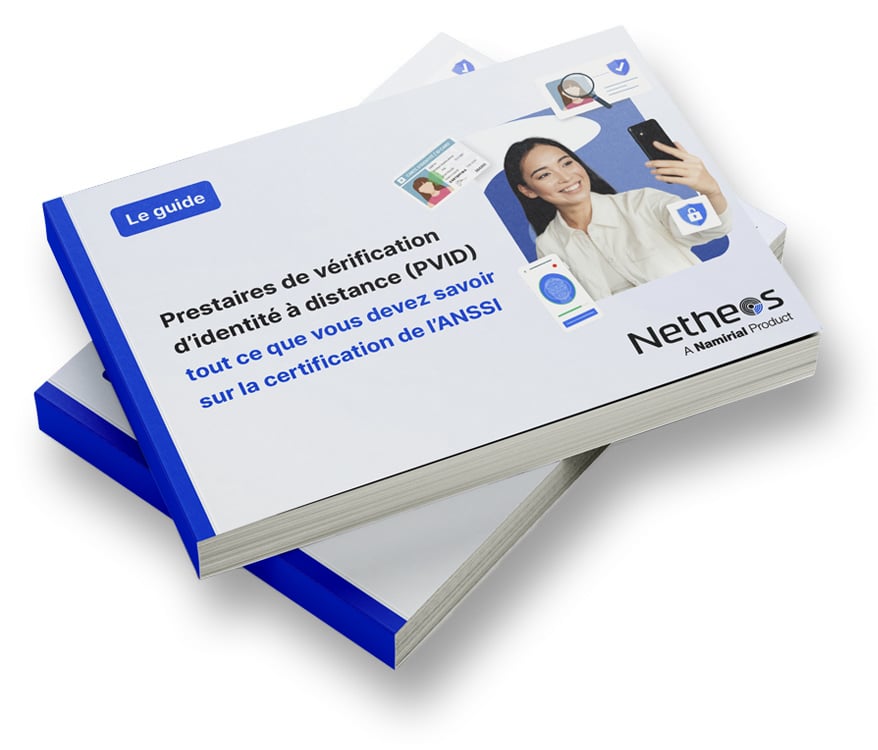Since 2010, customer relations have continued to evolve, and the trend is clear: customers want a real-time, multi-channel relationship. This transition has been relatively straightforward in the retail sector, with the emergence of major e-tailers specializing in distance selling. For highly regulated professions such as banking and insurance, this transformation of customer relations and sales methods is more complex to implement, for a number of reasons. First of all, the sale is based on a written contract to be signed by both parties. Secondly, the commercial relationship is accompanied by strong regulatory obligations, often resulting in requests for supporting documents.
However, a significant proportion of this work consists of repetitive tasks with little added value. Obligations relating to identification, solvency, constant vigilance and the electronic signature of documents received are tasks which, when carried out manually, are repetitive and time-consuming. In this way, companies can work towards automating these tasks throughout the business relationship.
Identification
The issue of customer identification (known as “KYC” or “Know Your Customer”) is at the heart of the regulatory obligations imposed on professionals. When it comes to verifying the identity of the parties involved in a transaction, the French Monetary and Financial Code (C.M.F.) describes the appropriate means and supporting documents.
“Digital is a fantastic opportunity to create new links. But with this opportunity come new risks (who really is the person I’m doing business with?)” stresses Marc Le Mouel, Managing Director of Smile & Pay. In this context, automated techniques such as Automatic Document Recognition and Reading (ADR-RR) and artificial intelligence such as machine/deep learning can be used to check identity documents.
Depending on the risk, this identification can be supplemented by additional proof of identity or residence, and the same automatic checks are applied to guarantee the conformity, consistency and authenticity of the information received.
Solvency
When credit transactions are concluded at the point of sale or via a distance communication technique, an information sheet provided by the lender or credit intermediary to the borrower must be drawn up in order to assess the borrower’s creditworthiness. Described in Article L311-10 of the French Consumer Code, this form must be signed or its contents electronically confirmed by the borrower. The information provided is subject to a sworn declaration of accuracy. It must be corroborated by supporting documents, the list of which is set out in Article D311-10-3 .
The most relevant documents associated with this form are tax notices and pay slips.
On tax notices, the tax number and notice reference are extracted by LAD techniques and checked against repositories to attest to the actual existence of the notice. The individual’s identity, address and reference income are compared with the reference information to ensure authenticity.
As with the identification of legal entities, querying a repository such as Infogreffe ensures the reliability of the company information given on pay slips (SIRET/SIREN, company name, address and status).
The obligation of constant vigilance throughout the business relationship
This obligation is governed by Article L. 561-6 of the French Monetary and Financial Code. As Pierre Storrer, a lawyer in the Paris office of Kramer Levin Naftalis & Frankel, explains: “It is not enough to identify a customer before entering into a business relationship. Up-to-date knowledge of him and his actions is also necessary, and will be even more so when the 4th anti-money laundering package comes into force, consisting of a directive and a regulation published on May 20, 2015”.
Once again, you can automate the updating of identity and solvency information. For example, this could take the form of an e-mail campaign asking customers to submit their updated credentials via a web portal. Entrusting customers with the digitization of these documents, and carrying out the aforementioned checks, significantly reduces the costs associated with this obligation of vigilance.
Electronic signature regulations
As a business gas pedal for formerly paper-based processes, electronic signatures must be implemented in compliance with the relevant regulations to ensure their legal validity.
Formerly governed by European Directive 1999/93/EC of 1999 (and its transposition into national law), electronic signatures have been governed by Regulation no. 910/2014 of July 23, 2014 since July 1, 2016 (eIDAS). This regulation aims to standardize the standards and processes for the creation, use and validation of electronic signatures throughout the European Union. It is defined as follows: “Data in electronic form, which is attached to or logically associated with other data in electronic form and which the signatory uses to sign”.
To be recognized as valid, an electronic signature must be based on reliable identification of the signatory. This identification is the responsibility of the Registration Authority. Without reliable identification of the signatory, there is a high risk of building up a stock of contracts where the signature is “weak” and therefore repudiable. This obligation is often an obligatory part of the customer journey, generally occurring before the contract is signed.
Conclusion
The European eIDAS regulation, combined with new techniques for automatic, real-time analysis of supporting documents, is opening up new horizons in customer relations, particularly when the relationship is initiated remotely. This is the challenge of the next 12 months for all professionals who have already implemented electronic signatures, or will do so in the near future.
On the other hand, automation must not be used as a pretext for increasing the number of checks. In fact, the end customer doesn’t automate anything, and his experience becomes increasingly complex as more information and supporting documents are requested. The transformation rate can therefore be significantly impacted if it is not at the heart of change management.









